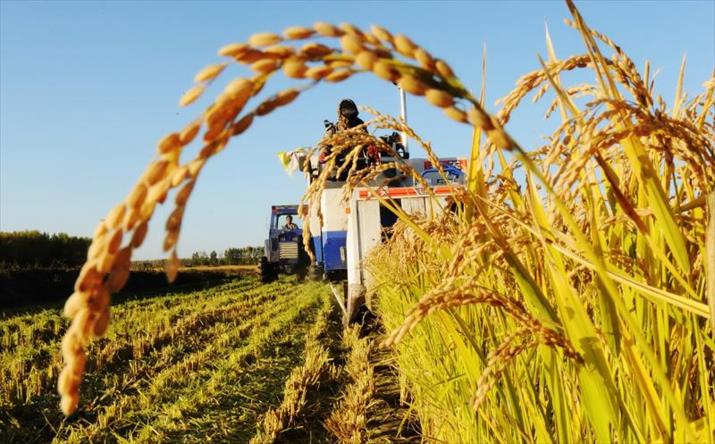Supply-side reform is the major measure boosting China's agricultural development (WANG JIANWEI)
There's always good news for farmers and the rural community at the beginning of the year. This year is of no exception. On February 5, 2017, the Central Committee of the Communist Party of China and the State Council jointly released this year's "No.1 Central Document," entitled Opinions on Deepening Supply-Side Structural Reform in Agriculture and Accelerating the Cultivation of New Growth Engines for Agricultural Reform and Rural Areas. This is the 14th straight year that the "No.1 Central Document" targets agricultural and rural development and farmers.
The "No.1 Central Document" is the name given to the first policy statement released by central authorities in the year and is seen as a major indicator of policy priorities. This year, the main goals of the document are to push forward the supply-side reform in the agricultural sector and increase the sector's comprehensive benefits and competitiveness.
Developing multi-functionality
One of the breakthroughs of this year's document is its suggestion to promote new industries and new business modes to push forward the supply-side reform in the agricultural sector. The new modes mainly refer to the promotion of rural multi-functionality. Indeed, in recent years, the international academic community has identified four functions played by rural areas. Out of these, China's rural areas only have two.
Traditionally, rural areas were mainly places for agricultural production and residential communities of farmers. These two traditional functions are given full play in China's rural areas. However, rural areas can have more diverse functions and become the "back garden" of urban areas. They can be places for tourism, as well as the development base for the cities' nursing-home industry. These two new functions are already very mature in developed countries, but in China, in spite of great potential, there is still a long way to go to develop the two directions.
With this in mind, the Central Government is laying emphasis on the promotion of new industries and new business modes in the agricultural sector. The new functions are expected to become a new source of rural areas' rapid growth.
China's rural natural landscape, local culture and specialty products are very attractive for tourists. Every year, a large number of urban residents travel to rural areas. But many of China's villages with beautiful sceneries remain unknown to the outside world. Though some villages have good natural sceneries, due to insufficient capital investment and inadequate infrastructure and maintenance, the tourism attractiveness of these villages remains unsatisfactory. Therefore, Chinese villages should pay more attention to multi-functional development in various aspects, including promotion and infrastructure construction, in their future development process, so as to transform from places of agricultural production to places of leisure tourism and nursing care.
